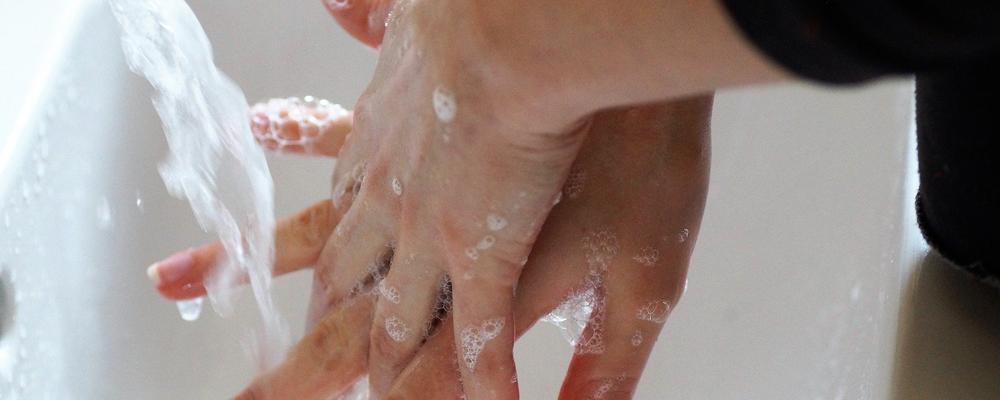
Obsessive Compulsive Disorder
Susanne Bejerot explains the diagnosis Obsessive Compulsive Disorder and gives examples of other obsessive-compulsive conditions.
Definition
Obsessive compulsive disorder very often involves being overly afraid of being infected with anything that might lead to illness. Using the school lavatory can therefore seem insurmountable and one might even use one’s elbows when opening the doors to avoid having to touch something that others have touched. Another symptom might be repeatedly checking to confirm that one has in fact locked one’s locker, due to an inability to trust one’s own senses. There is a tendency to ask others whether one has come into contact with anything “dirty”, or to avoid being the last to leave the house, so as to avoid being responsible for making sure that the door is locked and that all the lights have been switched off. Another common symptom is repeating things over and over in order to achieve the feeling of “just right”. Magical thinking and extreme superstition are behaviours that may be used as strategies to conquer one’s worst fears, e.g. obsessive-compulsive thoughts that oneself or a loved one might die.
For most people the disorder develops gradually, with childhood onset in half of all cases. OCD is a serious disorder because it impairs quality of life and transforms everyday life into a struggle. Everything takes time, the person is constantly worried and tense, and the need for controlling every situation and the respective behaviours of friends and family, almost invariably leads to stress in the family. One study following children with OCD from the age of twelve, found that as many as 60 per cent were treated with psychotropic medication 9 years later. A third of these young adults were depressed and one in four had significant problems with symptoms of OCD, in spite of both cognitive behavioural therapy and treatment with medication.
Other obsessive-compulsive conditions
Autoimmune variant of OCD
A small group of children end up with a very acute obsessive-compulsive syndrome, coupled with severe anxiety, separation anxiety, incontinence, sleeping problems and oppositional-defiant behaviour. They have a hard time finishing schoolwork, can no longer write normally, may revert in their overall development and can change their personality to the point that they may come off as completely different people. This condition is referred to as Pans or Pandas and is presumed to be immunologically caused. It requires fast examination and treatment.
Body dysmorphic disorder (BDD)
Some children obsessively perceive themselves as ugly, even though they look perfectly normal. These perceptions often involve something being wrong with one’s nose, hair or skin. Acne can make the problem worse. The person may spend hours trying to cover up areas they are ashamed of, by putting on more clothes or make-up, or even refuse to go to school at all. They may become deeply depressed and will often try to get reassurance that they do not look so bad after all. They ask friends and family about their appearance and compare themselves to others. The treatment consists of CBT and/or treatment with medication, but one should avoid engaging in discussions with them about their looks, and the solution is most definitely not plastic surgery.
Excoriation disorder and Trichotillomania
Excoriation disorder refers to when the person scratches and claws at themselves, usually their own face, but sometimes also their body. Girls may use make-up to cover up reddened areas and cuts. These cuts are sometimes very serious; some of the worst cases even require bandaging and end up causing ugly scars. Excoriation disorder means that one simply cannot resist clawing at scabs or uneven parts of the skin. It can be similar to BDD in that every little blackhead is subjected to intense squeezing, which in itself leads to the formation of scabs.
Trichotillomania is similarly an inability to resist pulling out eyebrows or eyelashes or hairs from one’s head. Pulling out the hair gives the child a sense of relief, but they end up devastated once they start seeing bald spots on their head or thinned out eyelashes. Boys can solve some problems by shaving their hair, while girls try to cover up bald spots using scarves or specific hairstyles. CBT is the treatment that should primarily be implemented, but there is unfortunately a high risk of relapse.
Author
Susanne Bejerot